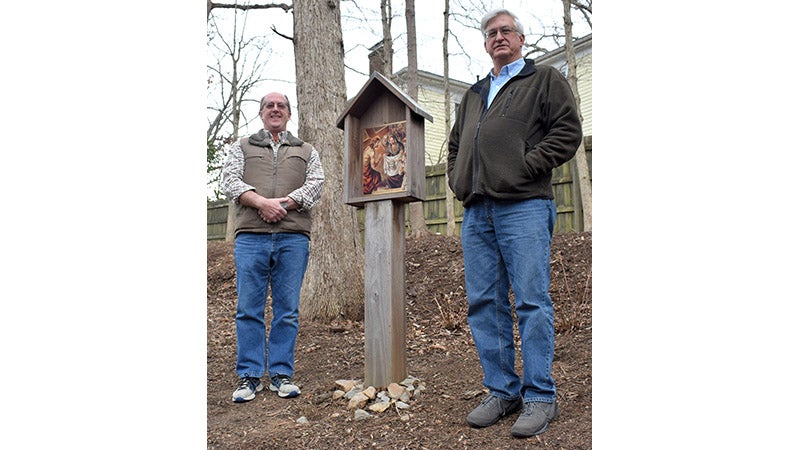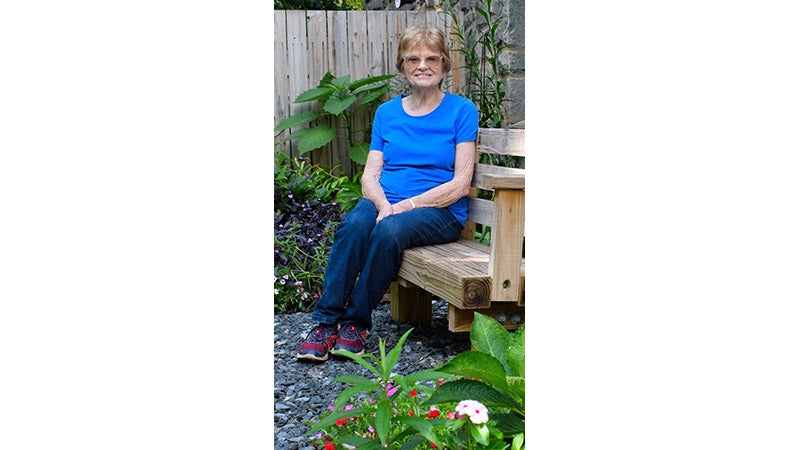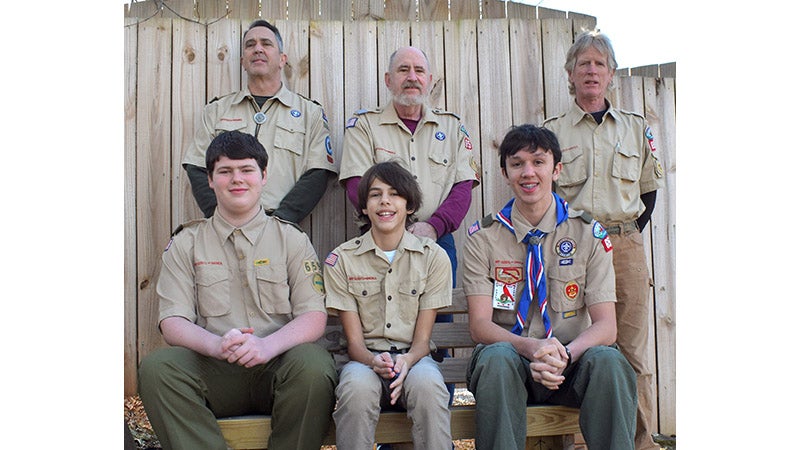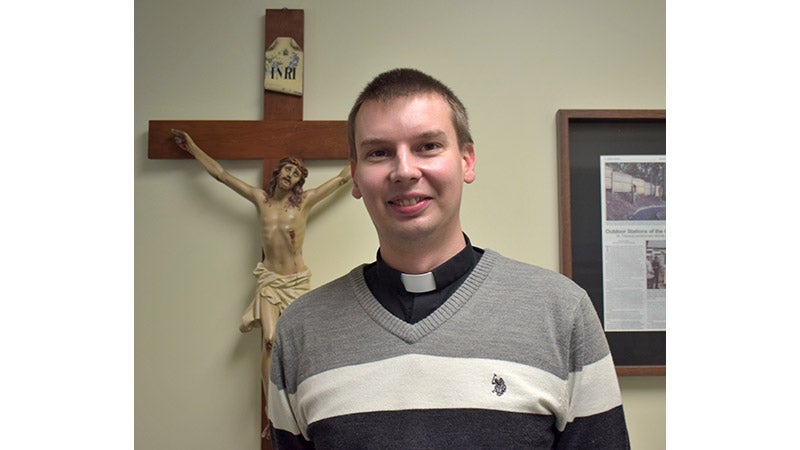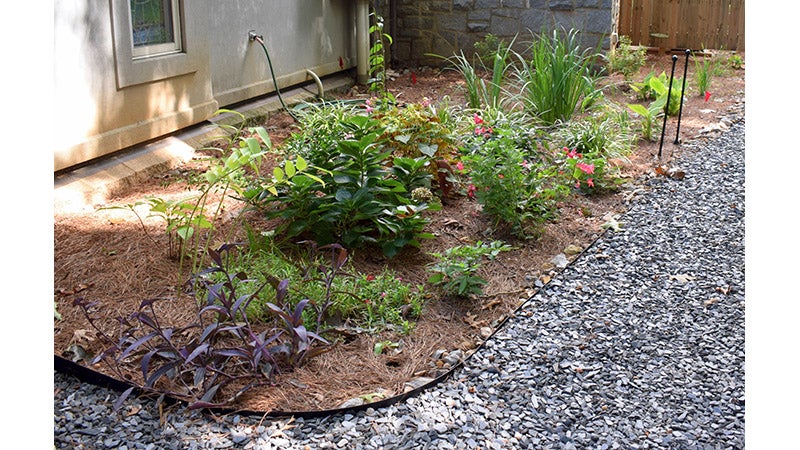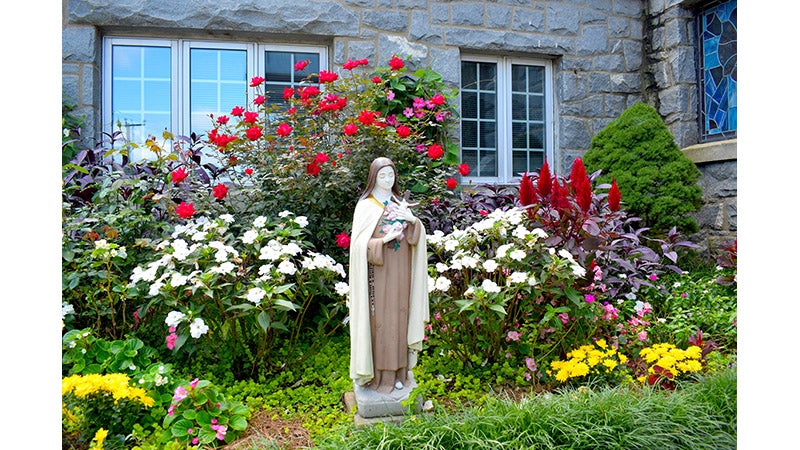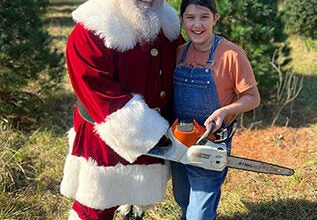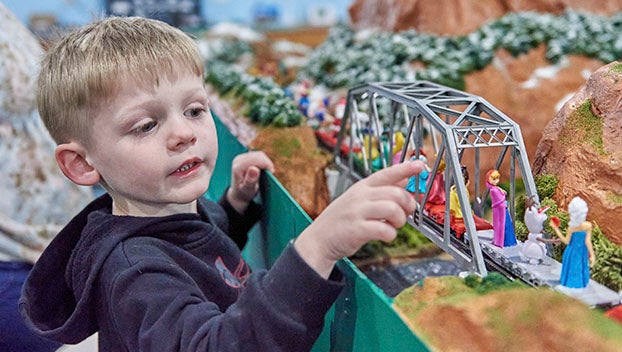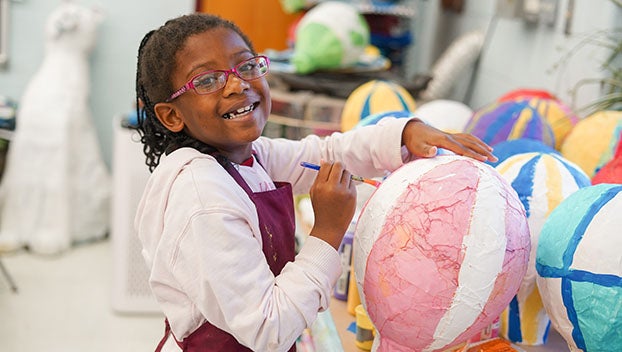Faith and flowers another path for St. Theresa
Published 6:00 am Thursday, April 1, 2021
|
Getting your Trinity Audio player ready...
|
Story and photos by Marge Swayne
St. Theresa Catholic Church, like most churches during the COVID pandemic, is quiet on a mid-week afternoon.
While the churchyard is serene, it’s not entirely still. On this day, like on many others, you’ll find an energetic 83-year-old working her way through flowerbeds along a 300-foot pathway circling the church.
Garden clippers in hand, Nan Colvin bends over a bed filled with an assortment of plants and flowers she selected for the church’s outdoor Stations of the Cross project. The daily maintenance appears labor-intensive; Colvin insists that it’s not.
“It’s really a labor of love,” she said with a smile.
Two years ago Colvin decided to realize a dream inspired by a visit to Jerusalem two decades before. During that visit Colvin was able to walk the Via Dolorosa, the path that led Jesus to the cross.
“I don’t think any Christian can experience that and not be in awe of walking where Jesus once walked,” Colvin said.
Colvin envisioned bringing a similar experience to St. Theresa’s in Farmville. Her plan included an outdoor walking path with the 14 Stations of the Cross along the way.
The project, Colvin thought, was especially fitting for this Catholic parish. St. Theresa was the patron saint of flower growers and florists.
Gardening, Colvin noted, is biblical.
“There are many references in the Bible to gardens,” she said.
Colvin, a landscape designer and Master Gardener, naturally wanted to incorporate gardens into her plan.
“I took a five-year course on landscape design at George Washington University,” Colvin said. “I’m still a member of the Virginia Society of Landscape Designers.”
Once Colvin launched the project, church parishioners enthusiastically embraced it. Others in the community also pitched in to help.
“God only knows how many hours people spent over here,” Colvin said with a laugh.
Colvin took her idea to Father Stefan Migac, St. Theresa’s pastor, who immediately supported the plan.
“When Nan came up with the idea, I was pretty excited about it — she also offered to lead the project. What could be better?” Father Migac added with a smile.
“It started with a few people, and just grew,” Colvin reported on the workforce needed to complete the project. “I was really amazed by the number of talented people willing to donate time and muscle.”
That muscle was tested in the first phase — taming what Colvin called a “sort of a wilderness” along the back and side of the church.
“It had grown up with ivy and wild roses,” she commented. “We had to cut down some of the smaller trees as well and put up a fence.”
Next on the list was a drainage system for a 300-foot pathway that would encircle the church.
Dennis Jones, retired from the Soil Conservation Service, volunteered to design it.
“There was definitely a drainage problem on that side of the church,” Jones said.
The first step was digging ditches for underground drainage pipes. With help from the Knights of Columbus, Boy Scouts and other church members, Jones installed a French drain and connected it to downspouts from the church.
“We worked on drainage as weather and labor supply permitted,” Jones said. “We did a lot of work, but the person who did the most was Nan Colvin.”
Several months before the work started, Colvin meticulously detailed every aspect of the project — from artwork to slate chips that would fill the pathway.
Dr. Mark French, local veterinarian and parishioner of St. Theresa’s, volunteered to make 14 wooden crèches for each of the 12- by 14-inch stations.
“I’d come up with a prototype and take it over to Nan’s to see what she thought of it,” French said.
Colvin usually had suggestions, French noted.
“I’d come back with a different design until we had it just right,” French added. “It was a huge project, but it was also kind of fun.”
French handcrafted each station using Cambia wood, a thermally-modified wood product known for its durability. Bill Covington, a member of Farmville Baptist Church, assisted French by designing copper coverings for each of the 14 stations.
“Bill attached a copper ‘roof’ to each crèche to protect the plaques inside,” French explained. “We’re really pleased with how it all turned out. None of the things I’ve built or constructed over the years has been as rewarding as making these Stations of the Cross.”
While work was underway on the crèches for each station, Colvin searched for the artwork to be displayed inside.
“After quite a bit of searching in catalogues and stores, we selected bronze plaques,” she explained. “The plaques were our biggest expense — we didn’t want to skimp on those.”
The walking path connecting the stations was also under construction. The plan was to fill the pathway with locally-sourced slate.
“We ordered 21 tons of slate chips from Arvonia,” Colvin said.
Due to the slope of the land and narrow access along the path, there was only one way to put the slate chips in place — and that involved wheelbarrows.
“The slate chips were piled at the bottom of the hill,” Colvin related. “It took a lot of wheelbarrowing to move all that slate up that hill.”
Seating was also needed for parishioners who wished to pause and pray. Cooper Fraser, a member of Boy Scout Troop 6596 sponsored by St. Theresa’s, made the construction of seating along the pathway his Eagle Scout project.
“It took about 300 hours to design and make the four benches placed along the path,” Fraser said.
Other members of the troop, as well as the Knights of Columbus, also lent a hand. Parishioners, and other members of the Farmville community, donated fences, plants, landscaping equipment and time.
On June 9, 2019, the Stations of the Cross were blessed and dedicated.
During the dedication ceremony, Father Mignac called the project “a great idea.”
“Without Nan Colvin, the Stations of the Cross project would not have happened,” he said. “She’s a real blessing to our parish.”
Colvin, still weeding and watering, is pleased to continue what she sees as a labor of love.
“Everyone was so kind and willing to help,” Colvin concluded. “We had so many people that did so much — it was a real joy to do it.”


